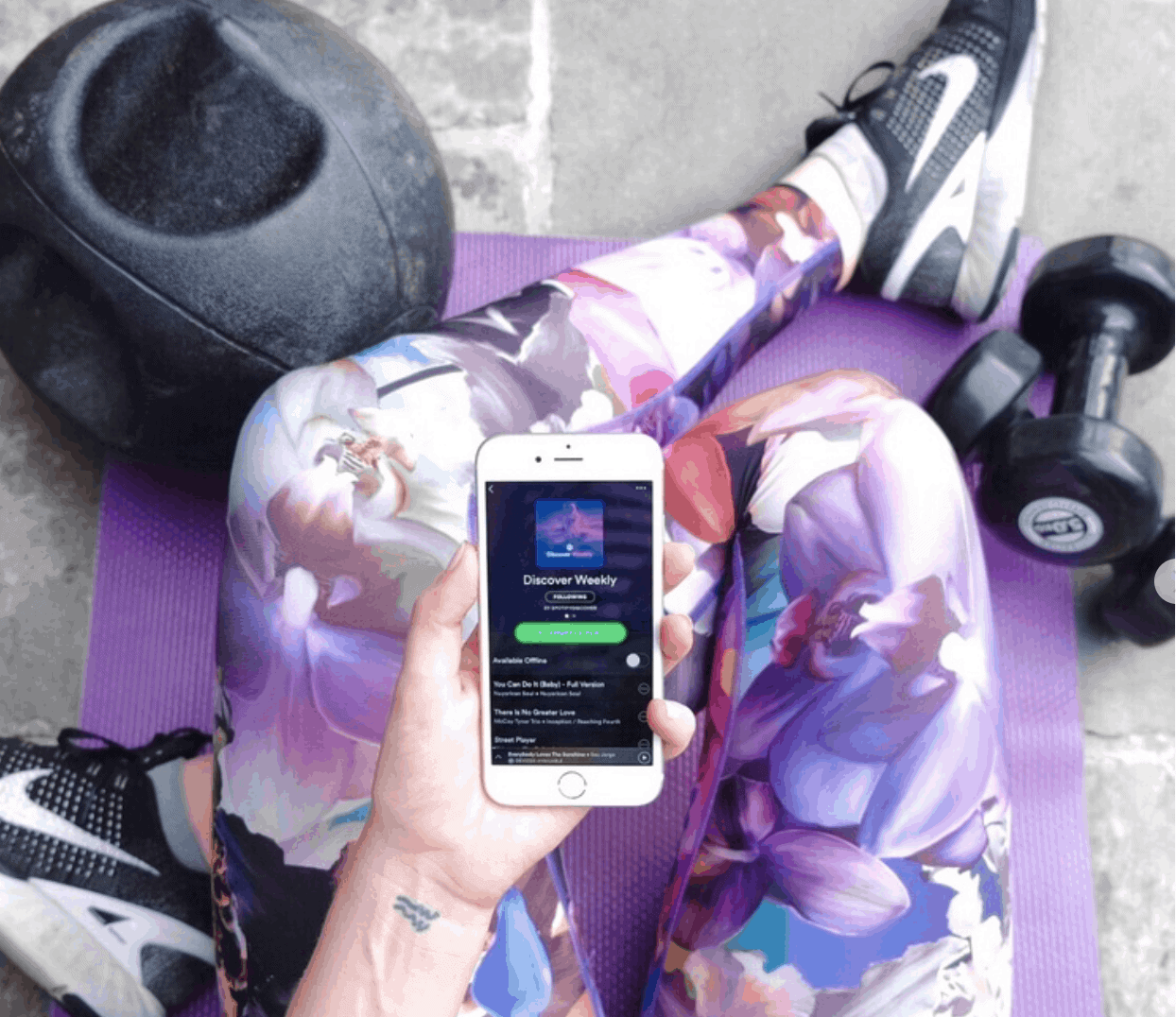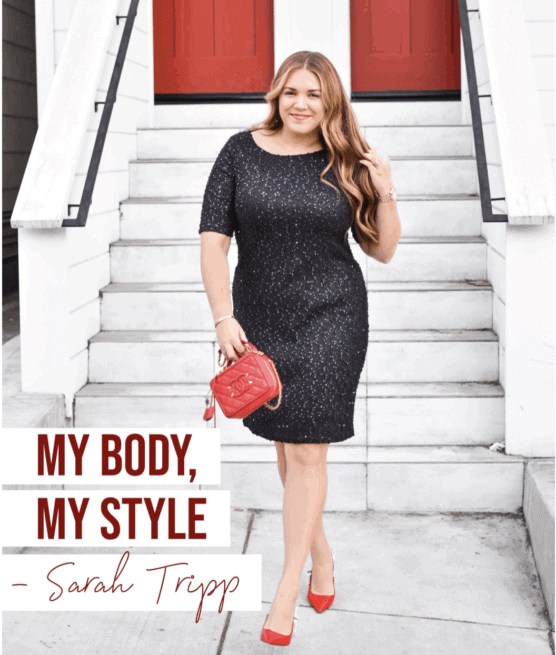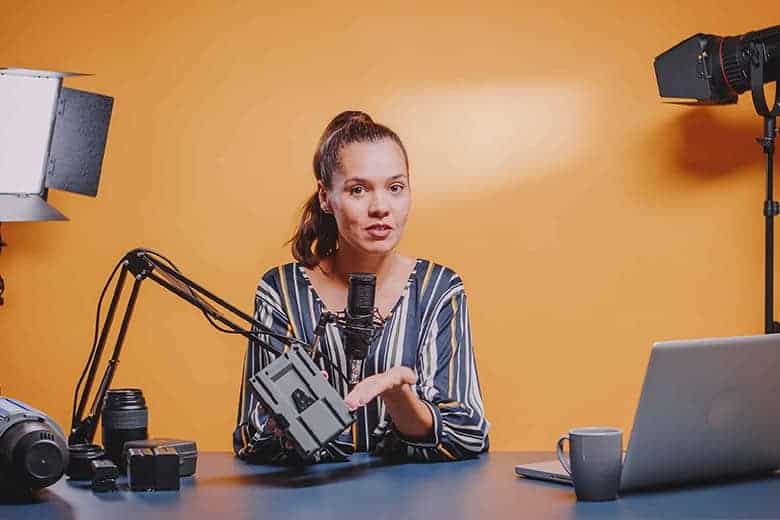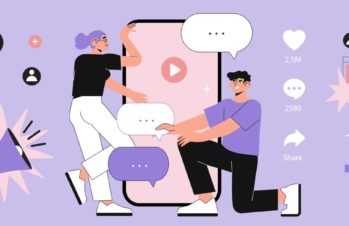Influencer marketing remains one of the most effective ways to build brand awareness and loyalty. Why? Because today’s consumers are more likely to try something new when it’s been vetted by a reliable source.
No other marketing tool comes close to the power of a popular and reputable influencer, and today’s consumers connect with this strategy in ever-increasing numbers. 80% of marketers find influencer marketing effective, and 89% say the ROI is comparable to, or better than, other marketing strategies.
As it turns out, celebrities aren’t the only influential voices on social media. Micro-influencers are just as effective, if not more so. And our B2B influencer marketing agency has seen great success working with them.
What is a micro influencer?
A micro influencer is a lot like your average social media user. And yet, there is nothing average about the possibilities inherent in utilizing a micro influencer in your marketing plan.
Compared to celebrity influencers, micro-influencers have a smaller following—think in the thousands or tens of thousands.
One result of this is that their audiences tend to be much more engaged. A post from a micro-influencer feels less like an ad, and more like something you’d see on a friend’s feed.
This adds an intimacy that simply isn’t generated from a celebrity influencer, so in this case, smaller is better!
Bigger is not necessarily better
Why would a brand choose to work with someone with a smaller amount of followers? For one, micro-influencers have a built-in, targeted audience. While celebrities tend to promote a variety of products, micro-influencers are much more likely to publicize only products and services that they genuinely like and use.
This trust factor is enormous when clients rely on a micro influencer recommendation.
Engagement rates
Here’s a surprising phenomenon: as an influencer gains more followers, the number of likes and comments decreases. Take a look at these findings:
- Instagram users with fewer than 1,000 followers generated likes 8% of the time
- Users with 1,000-10,000 followers earned likes at a 4% rate
- Users with 10,000-100,000 followers achieved a 2.4% like rate
- Users with 1-10 million followers earned likes only 1.7% of the time.
This proves that what wins isn’t quantity, but quality. It’s not the number of followers that provides influencer marketing’s secret sauce—it’s authenticity. And it’s hard to fake authenticity to an audience as aware and savvy as today’s social media users are.
Affordability
Micro-influencers are also more affordable than their celebrity counterparts. Influencers with a million followers have been known to charge up to $75,000 for one social post. Compare that to the 97% of micro-influencers who have a rate of under $500 for a single Instagram post.
Credibility
A micro influencer is as real as it gets. With a relatively small following, micro-influencers are able to engage with their fans in real time. There is no social media manager or middle man at play here.
Consumers who are able to interact directly with influencers are more likely to believe in the legitimacy of the brand partnerships the influencer engages in.
Let’s take a look at five tech brands that have successfully partnered with micro-influencers.
- Spotify
The music streaming service wanted to promote Discover Weekly, a feature that gives 200 million Spotify users a 30 song playlist featuring tunes they’ve never heard before. Spotify encouraged users to take pictures of their Discover Weekly “in a style and context suitable to your usual Instagram look/feel.”

Thirteen people participated. The result? A new audience of 2 million and 29,540 likes and comments.
- Adobe
Adobe is a long-established advocate of micro-influencers. To publicize their photo editing software, Photoshop Elements, they partnered with lifestyle bloggers, aptly dubbed “The Photoshop Elements Ambassadors.”
In their posts, the ambassadors described how to use Adobe’s software. They also shared their own edited images.
One of the bloggers, Tieka Ellis, wrote: “All of the photos on my blog hold so many amazing memories from my life, so I strive to make them perfect and something I’m truly proud of and excited to look back on. I’m looking forward to seeing how Elements will make them even better.”
A genuine testimonial is the best testimonial. Adobe managed to leverage real voices with a real impact.
- Stitch Fix
Stitch Fix, an online personal shopping service, encouraged micro-influencers everywhere to create their own, relevant content. In return, Stitch Fix shared that content on their own feeds.
One woman wrote about dressing for her unique body type. Stitch Fix promptly linked the post in their bio. This was a win/win for the company, the influencer, and the new customer.

- IBM
IBM’s micro-influencers came from within. By that, we mean they’re their own employees. 1,000 staffers and counting have promoted IBM on social media. Notably, their #NewWaytoWork B2B campaign received 120 million digital impressions and drove 141,000 clicks.
Who knows a product better than an employee who had a hand in making it? Diverse voices within a structured company can be utilized to the greatest benefit via employee influencers.
Big brands are continuing to work with micro-influencers because they bring all the marketing shine to their individual game: trust, accessibility, targeted marketing, and personal connection. Just like any other marketing strategy, micro-influencers have the power to grow brand awareness and increase revenue. Keep an eye out for micro-influencers with an ideal audience and evidence of high engagement. In sum: micro-influencers pack a macro punch!
Want to learn more about other innovative ways to grow your brand? We offer a large selection of marketing services. Reach out today to get started!




